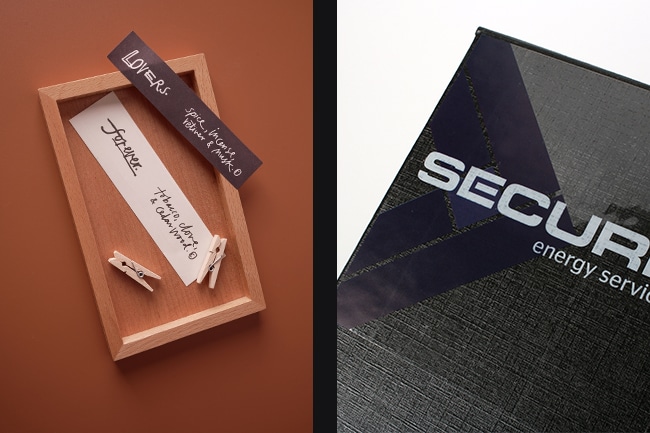The food label is an important part of packaging food products. One is because it is useful for providing customers with important information about the food to aid with their buying decisions. That includes the list of ingredients, nutritional information, allergens warning, safe handling, and proper storage instructions.
Most importantly, sticker label can also function as promotional material to attract consumers’ attention and encourage them to buy. That is by including attractive graphics, catchy slogans, and highlighting special features – if produced organically, homemade, gluten-free, etc.
For that reason, it is crucial to choose the right sticker label material to ensure it adheres well to the packaging and the information remains legible and clear for as long as necessary.
So if you are a food business owner, this blog is for you. Here, we talk about what factors to consider when deciding what material is ideal for your customized sticker label and make the best out of them.
Table of Contents
Paper vs vinyl stickers
First, let us talk about the general type of material used for printing stickers: paper and vinyl. Each has its unique characteristics fit for specific uses.
Paper stickers are the cheapest option you can have, but they are still high-quality and produces great printing results. They are versatile and can stick to most kinds of surfaces.
The only disadvantage of paper stickers is that they are ideal only for short-term use as they are likely to be damaged by moisture and heat when exposed for longer periods.
On the other hand, vinyl stickers are waterproof and heat-resistant. So to say, this is best for foods with long expiry dates because they can be consumed for a longer time.
They also come in different kinds not available for paper stickers, like transparent, vinyl lettering, and metallic gold and silver. Naturally, they are more pricey to order in bulk.
What to consider when choosing your sticker label material
The type of food you sell and the container you use

There are three common types of material used by small businesses to safely pack their food products: paper or cardboard boxes, plastic containers, and glass jars.
Paper or cardboard boxes are mainly used for wrapping takeouts. They are meant to be thrown away after use, so paper stickers will pair well with these materials. Not only because of their short-term use but because they are compostable, leaving less to no harmful residue on the environment as they break down.
Plastic clamshell boxes are ideal for enclosing fresh produce and salads. Their transparent feature makes it easy for buyers to see the contents while protecting the fruits or vegetables from dust and dirt they’ll likely be exposed to while displayed on the shelves.
A clear vinyl sticker is a great choice to complete the clean look of the packaging. The information will remain noticeable on the surface while keeping the overall appearance minimal and fresh.
Glass jar containers are typically used for organic and homemade condiments, like honey, jams, jelly and peanut butter, as well as table sauces. If you sell artisanal food products like these, you can use kraft paper stickers as label material. The natural brown look can give a warm and pleasant feel to the items, which is why it’s the top choice for many producers of homemade and handmade products.
Where the food would be stored

Another thing to consider when choosing packaging sticker label is storage. Both materials will do the job if the products will be stored in a cool, dry place, although paper-based stickers will help you save on costs. If the foods need to be refrigerated, it’s likely to be exposed to moisture for a long time, so a vinyl sticker is a practical choice.
How long the sticker label should stay on the packaging

Lastly, you also need to take into account how long the label should stay on the packaging. For short-term identification, then opt for the cheaper option, which is a paper sticker. In the same manner, for foods likely to be stored for longer, the information must also remain legible for a sustained period.
All in all, you need to take into account only these three factors to have an effective food product label that can serve its purpose for as long as necessary without hurting your budget.
If you want to see more sticker label designs, visit our Sticker Market!




